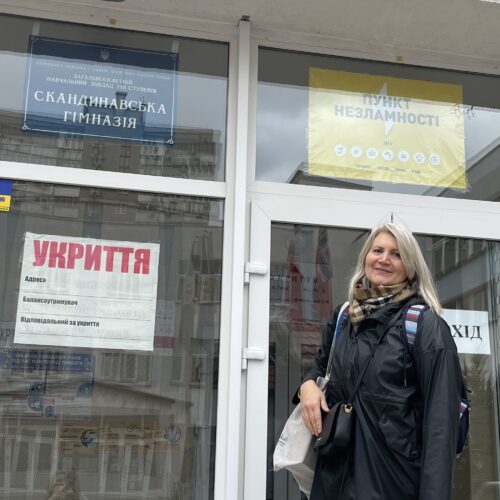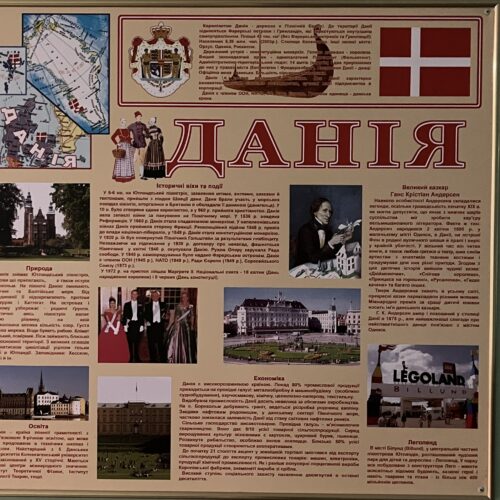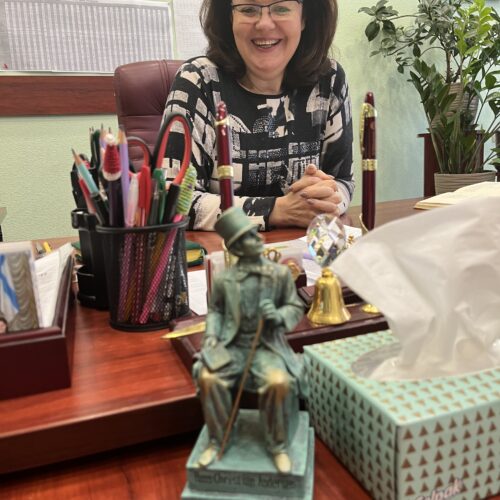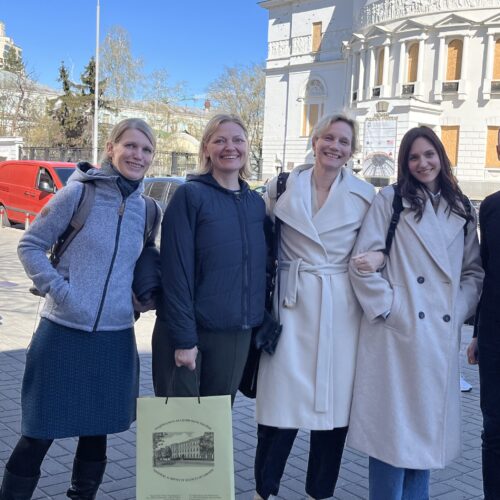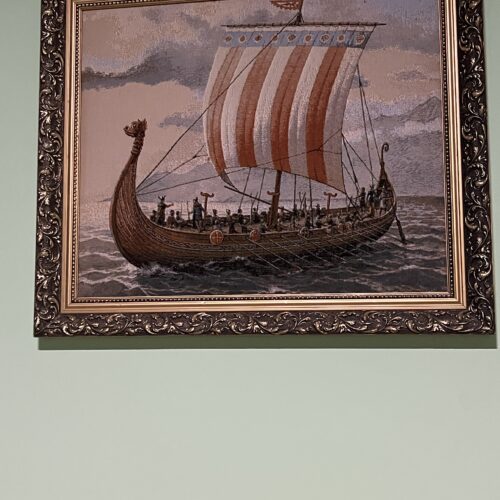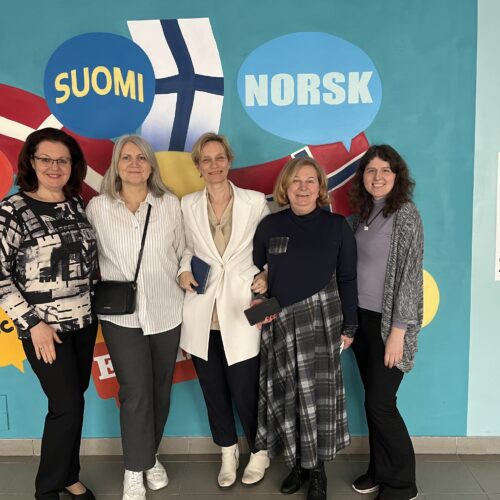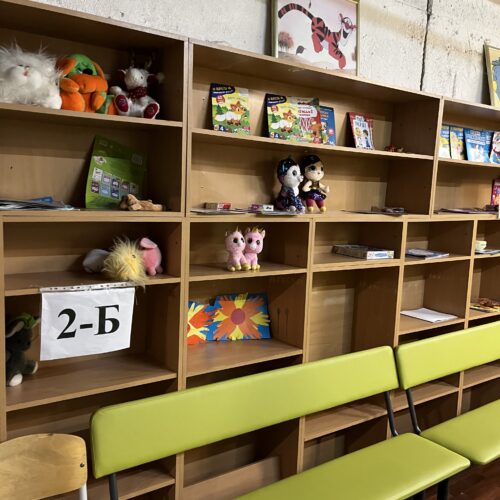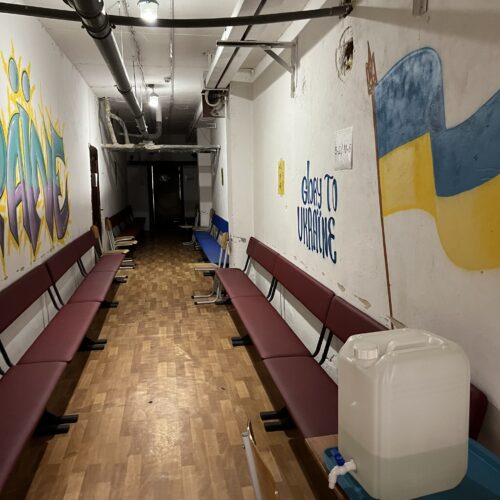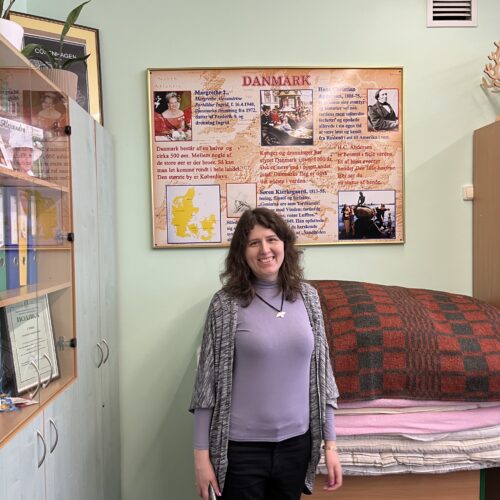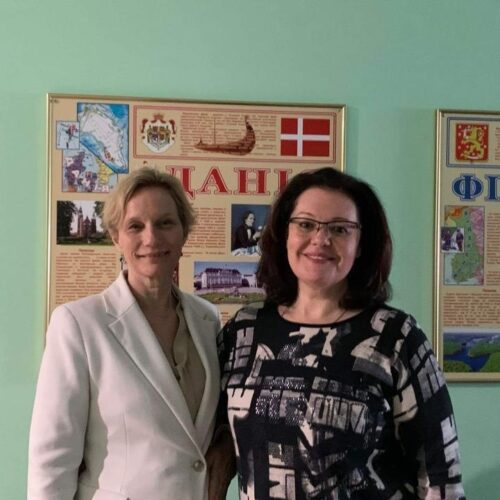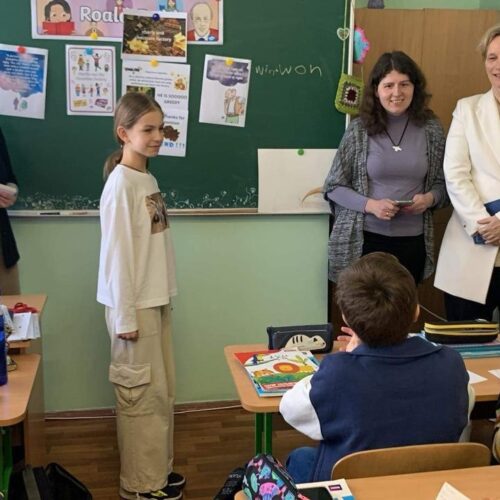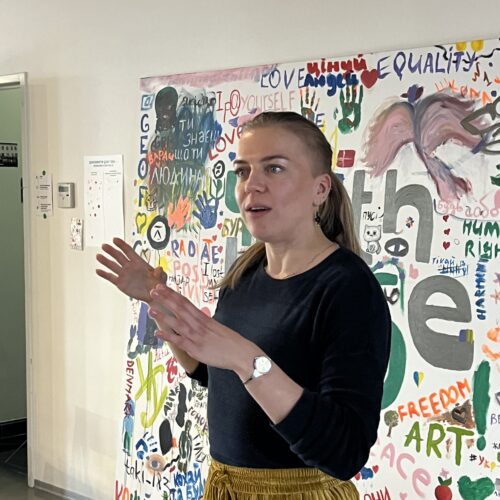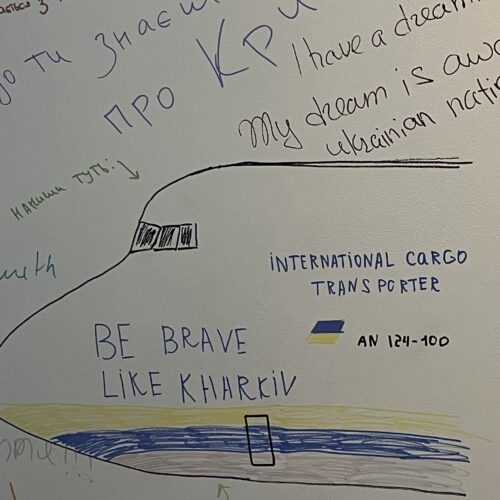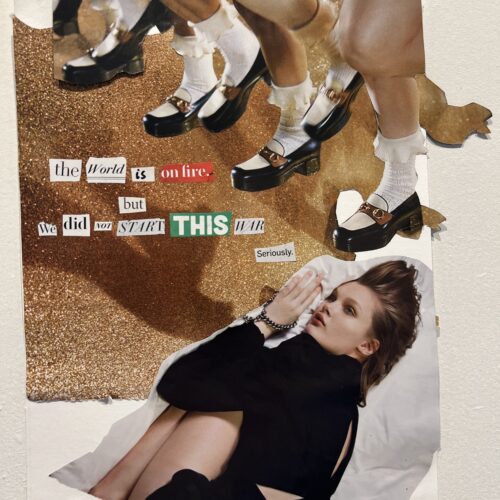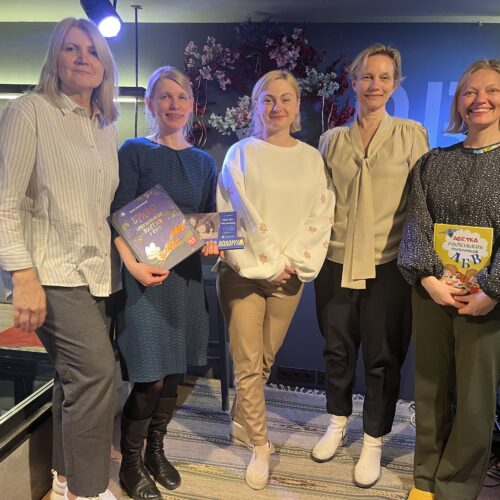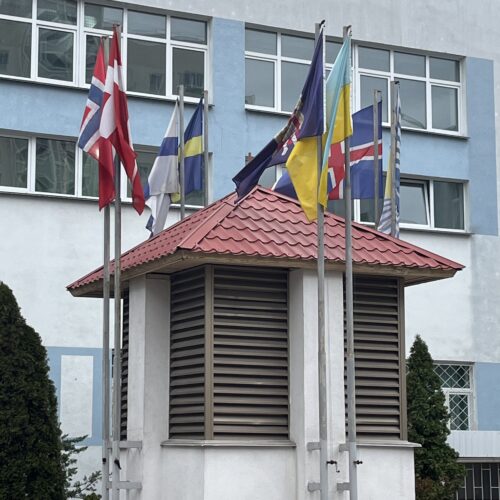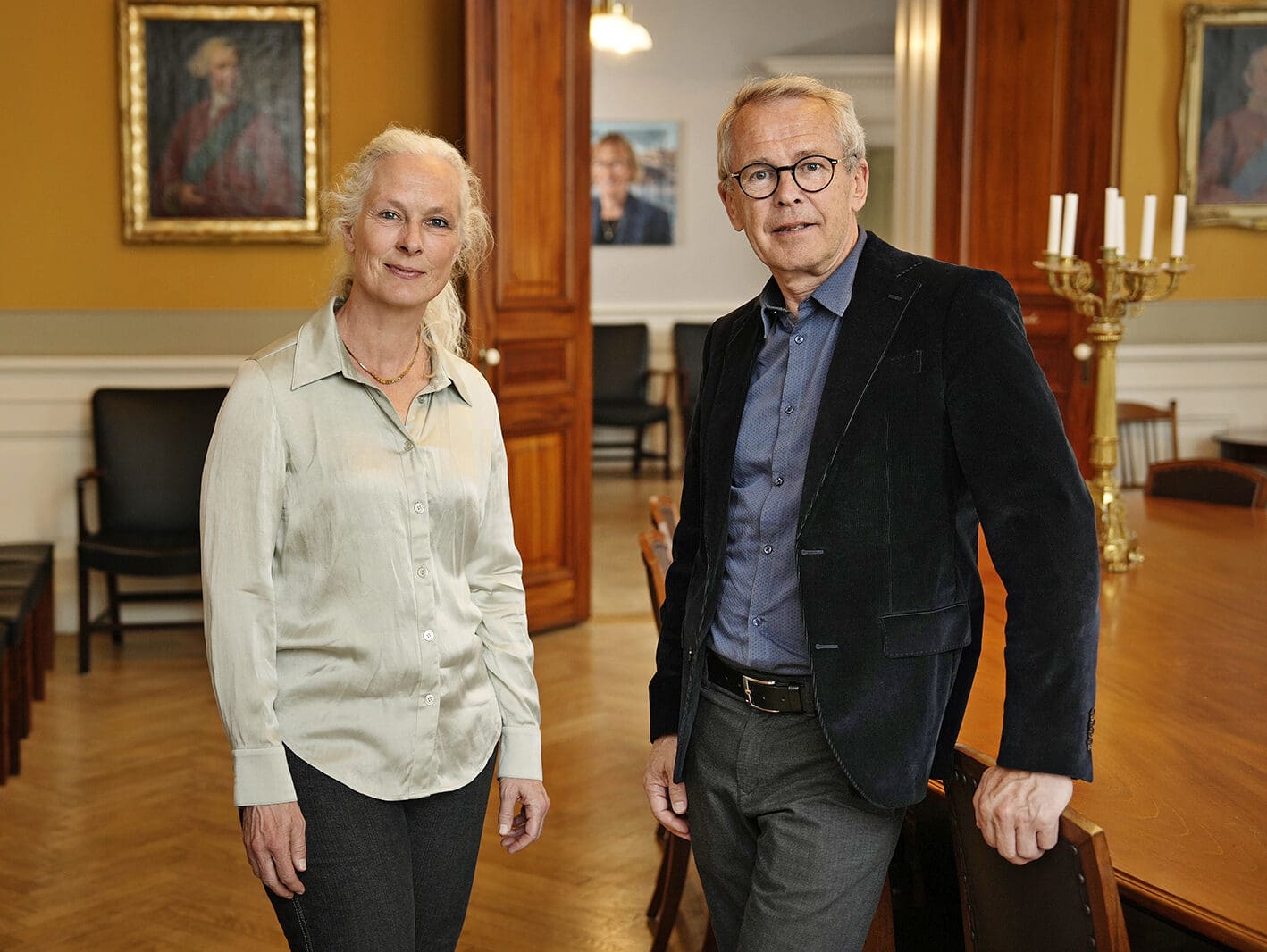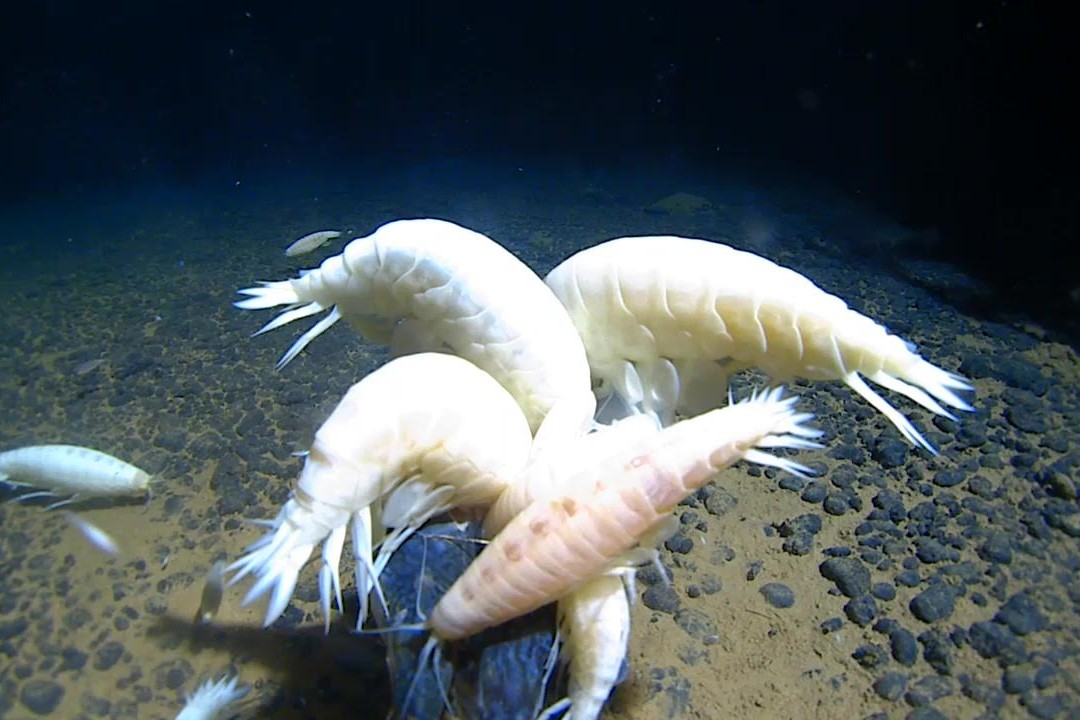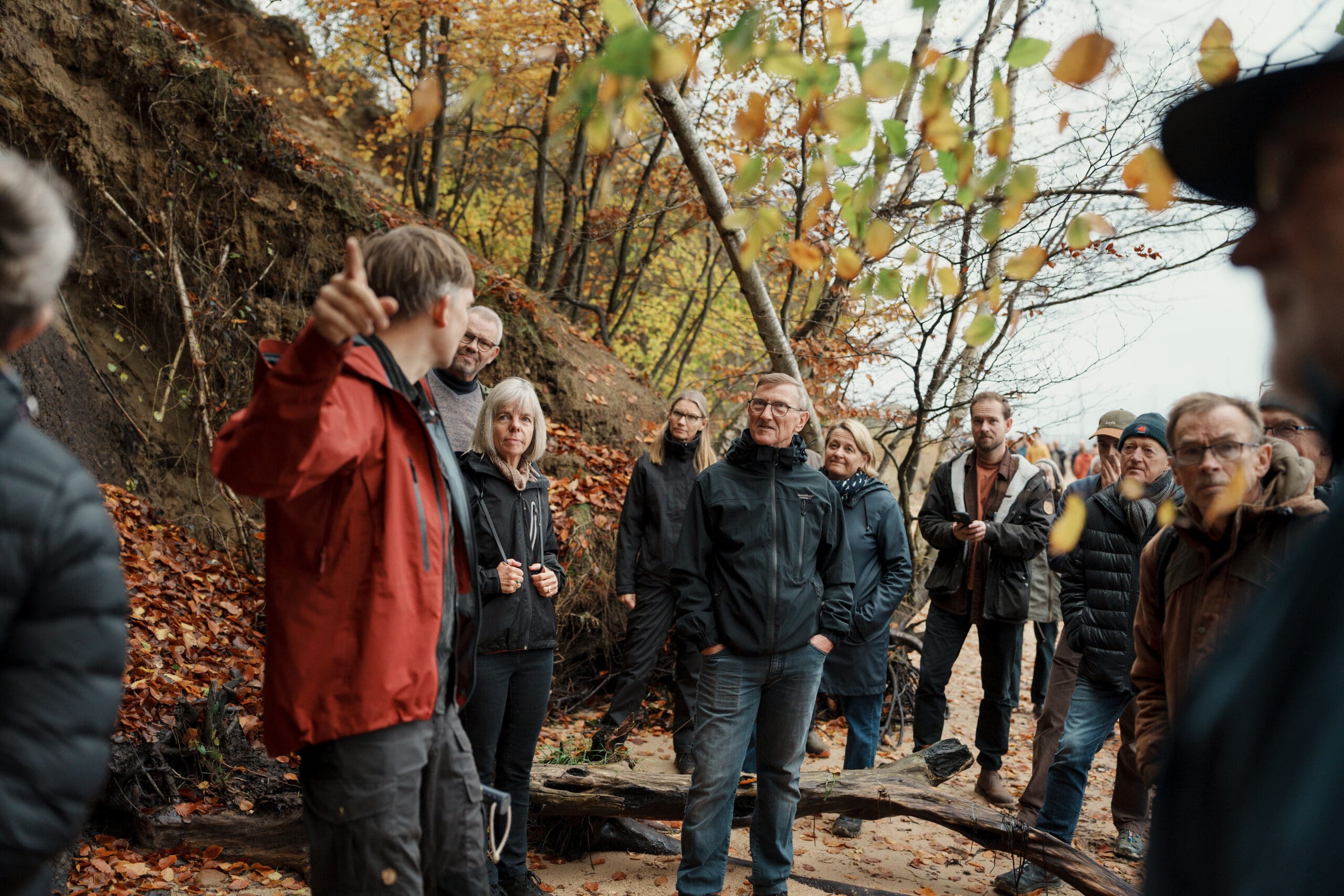Rejsedagbog fra Ukraine: Kapitel 3
Gensyn med kolleger, besøg på det Skandinaviske Gymnasium i Kyiv og det Dansk-Ukrainske Ungdomshus og et møde med politiker Yevheniya Kravchuk
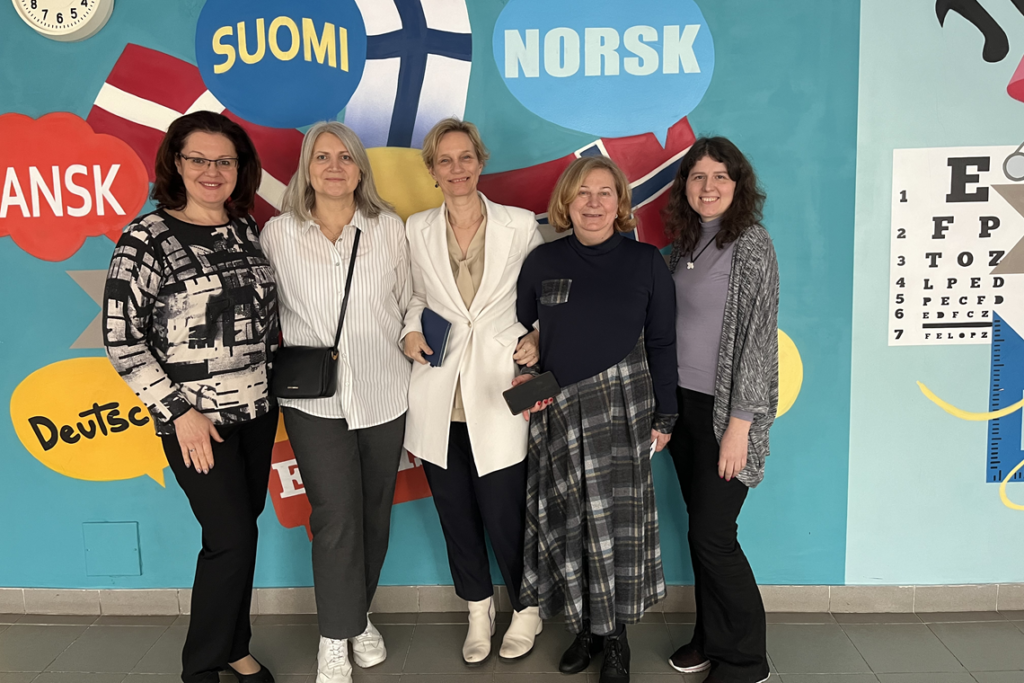
I begyndelsen af april rejste en delegation af fire forskere i regi af Videnskabernes Selskab til et krigsramt Ukraine, hvor de bl.a. besøgte flere af landets store universiteter. De fire forskere er præsident for Videnskabernes Selskab Marie-Louise Nosch, DUA-medlem Birgitte Pristed, Inga Kapustian og Nadiia Pavlyk. Mød dem her, i 3. kapitel af en miniserie og dagbog over deres rejse.
Fotos: medmindre andet nævnes, er fotos taget af de delegerede
I dette kapitel skal vi bl.a. høre om deres gensyn med forskerkolleger, der tidligere har været tilknyttet forskningsinstitutioner i Danmark med støtte fra programmet Scholars at Risk. Vi skal også høre om deres besøg på det Skandinaviske Gymnasium i Kyiv, om det Dansk-Ukrainske Ungdomshus og deres møde og samtale med politiker Yevheniya Kravchuk.
Hver uge i maj udkommer et nyt delkapitel fra rejsedagbogen.
*Teksten i serien er forfattet på engelsk og er skrevet af forskerne selv.
Reunion with Scholars at Risk – Ukraine (SARU)
In spring 2022, Ukrainian scholars came to Denmark with grants from Scholars at risk, and most were hosted at Aarhus Institute of Advanced Studies at Aarhus University. Many have returned to Ukraine after their research stay in Denmark. Our Danish-Ukrainian delegation trip included a reunion with some of these colleagues, such as Vice Rector of Strategic Development at the Ukrainian Catholic University, Lviv, professor Sophia Opatska who was affiliated with the Department of Management, School of Business and Social Sciences, Aarhus University, and Dr. Anastasiia Zymaroieva who were both SARU fellows at AIAS and AU in 2022.
Anastasiia Zymaroieva is an Associate Professor, Head of the Ecology Department in Polissia National University, and Senior researcher at The Chernobyl Radiation and Ecological Biosphere Reserve, Ukraine. She was affiliated with the Department of Biology, Faculty of Natural Sciences, Aarhus University. As an extra bonus, on the train in Poland, we met Dr. Alina Korobeinyk, formerly at Chuiko Institute of Surface Chemistry, in the National Academy of Sciences of Ukraine, and in Aarhus she was affiliated with the AIAS and the iNano Center. Now she is working in the University of Lublin, Poland.
[See photos below, ed.]
Teaching the Nordic languages and literature in Ukrainian schools
Since 2004, the Scandinavian gymnasium in Kyiv has taught children and youth Danish, Swedish, Norwegian and Finnish as third languages after Ukrainian and English. In Kyiv we visited the Scandinavian Gymnasium, where the school director, Tetiana E. Pushkariova, told us about the challenges of education during wartime and outlined the school’s vision for curriculum development. This vision focuses on Scandinavian languages and cultures, alongside English and German as essential international languages widely studied in Ukraine.
Currently, the school has one Danish language teacher and two Swedish and Norwegian language teachers. Despite successfully continuing language education for 20 years, the pandemic and war are challenging. There is a need for updated textbooks and closer cooperation with the countries whose languages are being studied. We had the opportunity to meet children studying Danish as a second foreign language, and it was great to witness how they were communicating eagerly in Danish. We visited the school’s shelter with room for 1000 children.
Additionally, the Danish language teacher, Antonina Stopa and Inga Kapustian discussed future online possibilities for organizing seminars about the literary heritage of H.C. Andersen and their translations into different languages from Danish. The aim is to practice language skills and broaden reading horizons, enhancing students’ linguistic proficiency and cultural understanding.
During the war, the gymnasium serves not only as an educational institution but also as a community shelter for around 1000 students and mothers with children. To fulfill this dual role, the school is equipped with all necessary facilities, including water supply and electricity generators.
[See photos below, ed.]
The visionary and energizing leader Julie Arnfred Bojesen introduced us to the Danish-Ukrainian Youth House in Kyiv. It is a platform to strengthen youth participation through dialogue, capacity building and partnerships. This is where young Ukrainians meet every week to form associations and host debates.
Young people take the lead in this house and they leave their statements and artistic works on the walls. Underground is a shelter and also podcast studio where one of Ukraine’s star influencers “the red-painted fox” broadcasts her psychological analyses of the classics of literature. Soon another Danish Ukrainian Youth House will open in Mykolaiev.
[See photos below, ed.]
Our meeting with Yevheniya Kravchuk, a Ukrainian politician and Deputy Member of the Permanent Delegation to the Parliamentary Assembly of the Council of Europe (#PACE), sparked stimulating discussions and paved the way for future engagements. During our conversation, Marie Louise Nosch shared insights into research challenges, emphasizing the importance of integrating Ukrainian researchers into the European scientific community. Of special interest to us is, that Yevheniya Kravchuk is the chair of the PACE Sub Committee on Youth, and we therefore share a passion for education and youth. Nataliia Pavlyk and Inga Kapustrian underscored the significance of collaboration for advancing academic freedom, human rights, and democratic values.
Furthermore, Ms. Kravchuk expressed her intention to visit Denmark at the end of May as part of her diplomatic agenda. This upcoming visit presents an excellent opportunity to further strengthen ties and explore avenues for bilateral cooperation in research and policy development.
[See photos below, ed.]
